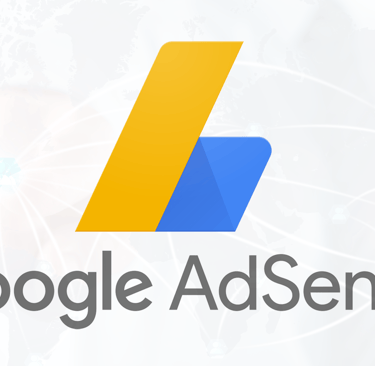Sharing Real Insights
Why Google AdSense Rejected My Blog — And What Every Creator Needs to Know
DIGITAL MARKETING
Sanyogita Sikarwar


When you live and breathe SEO, content funnels, paid media, and performance marketing — it's easy to assume your own blog will tick every box for Google AdSense.
That’s exactly what I thought.
Until I hit “Submit” and got a clear “No.”
Yes, Google AdSense rejected my site.
But instead of getting discouraged, I put on my strategist hat — and turned the rejection into a complete AdSense audit checklist for creators like you.
💡 The Real Lesson?
AdSense isn’t just a revenue tool — it’s a content quality check.
It challenged me to stop treating my blog like a passion project…
And start treating it like a digital asset.
If you're a creator, blogger, or solopreneur waiting for that approval, read this blog till the end — it might save you weeks (or months) of guesswork.
⚠️ The 6 Most Common Reasons Why AdSense Might Reject Your Blog
1️⃣ Thin or Insufficient Content
Google wants value. If your posts are too short, surface-level, or lack depth — it flags your site as “incomplete.”
Fix it with:
Long-form, original blogs (800–1500+ words)
Real stories, insights, and takeaways
Avoid filler text or keyword stuffing
2️⃣ Lack of Originality & Quality
Copied or rephrased content just doesn’t cut it anymore. Even AI-spun articles feel hollow to Google's algorithm.
Fix it with:
100% original content in your own voice
Add personal opinions, examples, or stats
Use a plagiarism checker before publishing
3️⃣ Poor User Experience or Navigation
If visitors can't find what they’re looking for, Google can’t either.
Fix it with:
A clean menu and category structure
Mobile-friendly, fast-loading design
No broken links, messy layouts, or pop-up overload
4️⃣ Missing Legal & Supportive Pages
Google sees the absence of essential pages as a red flag.
Pages you MUST include:
Privacy Policy
About Page
Contact Page
(Optional but good: Disclaimer, Terms of Service)
These aren't just formalities — they show credibility and professionalism
5️⃣ Policy-Violating or Restricted Content
Sometimes unknowingly, creators add content that violates AdSense terms — leading to auto-rejection.
Avoid topics like:
Adult or violent content
Misleading health/medical claims
Copyrighted material without rights
Financial or affiliate advice without disclaimers
6️⃣ Unreliable or Low-Quality Traffic
No, you don’t need 100K visitors to get approved. But bots, fake traffic, or shady sources can tank your credibility.
Fix it with:
Organic SEO traffic
Authentic social media engagement
Avoiding paid traffic schemes or click farms
What I Did (And What You Can Too)
After getting rejected, I didn’t sulk. I rebuilt my blog — better, stronger, smarter:
🔹 Rewrote key blog posts with more depth
🔹 Added a proper niche structure
🔹 Created privacy and contact pages
🔹 Fixed my menus and layout
🔹 Focused on long-term organic traffic, not quick hack
Build Like It’s a Brand
Getting rejected by AdSense isn’t a failure — it’s feedback.
It’s a chance to refine your content, your user experience, and your overall brand presence.
Whether you're a new blogger or a marketing professional, don’t just build for approval — build for impact.
💬 Have you faced a similar rejection?
🛠️ Need help auditing your blog for AdSense?
#SanyogitaWrites #BloggingTips #GoogleAdSense #SEO #DigitalMarketing #ContentCreators #AdSenseRejection #BlogAudit
